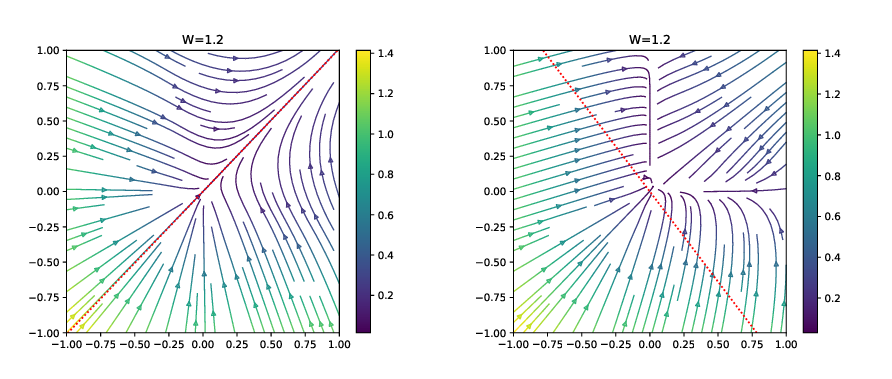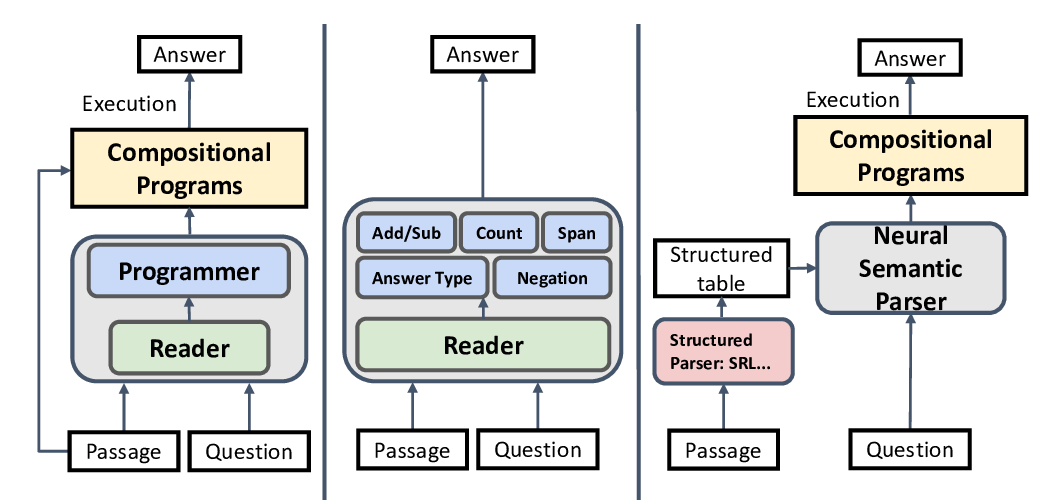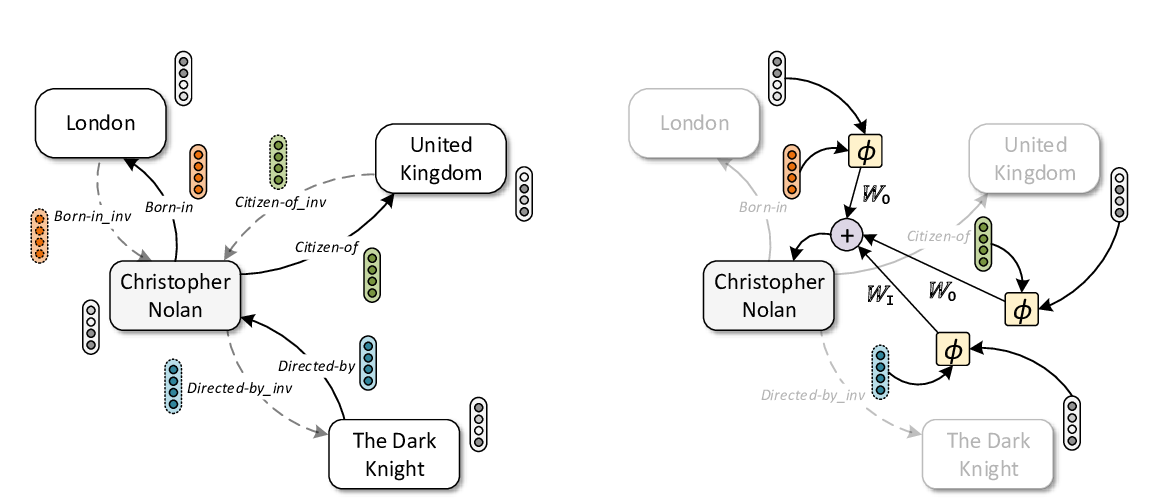Abstract:
We present a learning-based approach to detect and fix a broad range of bugs in Javascript programs. We frame the problem in terms of learning a sequence of graph transformations: given a buggy program modeled by a graph structure, our model makes a sequence of predictions including the position of bug nodes and corresponding graph edits to produce a fix. Unlike previous works that use deep neural networks, our approach targets bugs that are more complex and semantic in nature (i.e.~bugs that require adding or deleting statements to fix). We have realized our approach in a tool called HOPPITY. By training on 290,715 Javascript code change commits on Github, HOPPITY correctly detects and fixes bugs in 9,490 out of 36,361 programs in an end-to-end fashion. Given the bug location and type of the fix, HOPPITY also outperforms the baseline approach by a wide margin.



